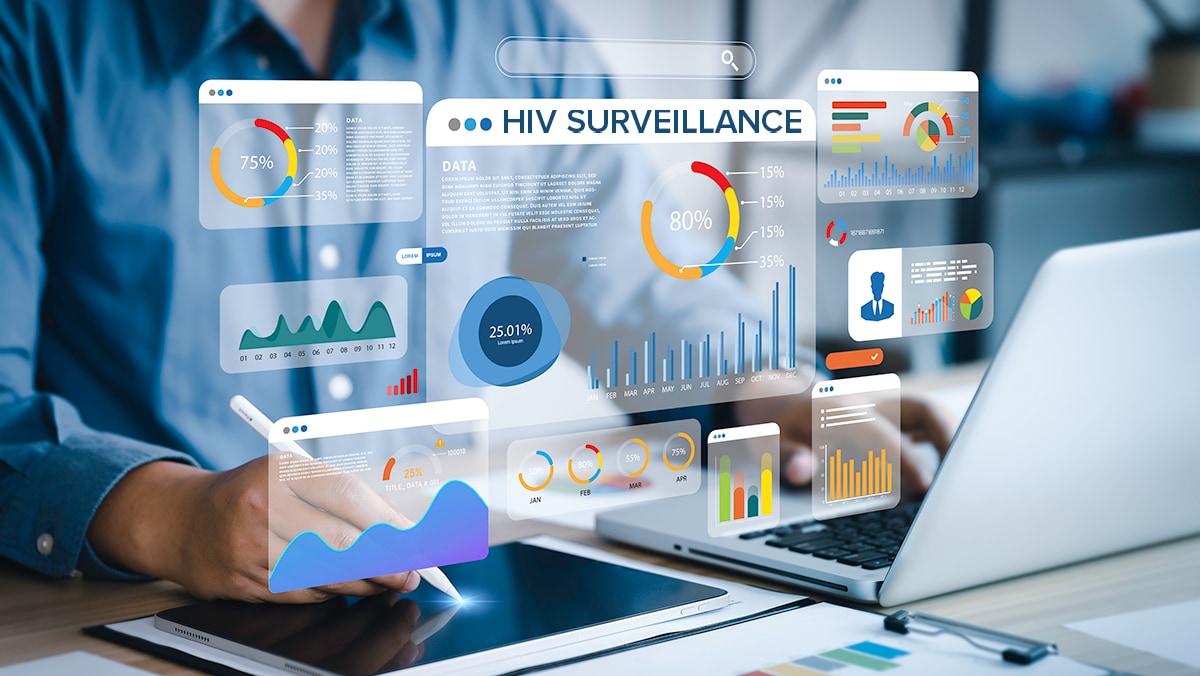At a glance
The National HIV Surveillance System (NHSS) is the primary source of HIV data for monitoring cases of HIV infection in the United States and 6 U.S. territories and freely associated states (American Samoa, Guam, Northern Mariana Islands, Puerto Rico, Republic of Palau, U.S. Virgin Islands). The data are reported by laboratory and health care providers to state or local surveillance programs, who in turn report the data to CDC.

How NHSS data are collected
Surveillance programs of local, territorial, and state health departments gather information on demographic characteristics (sex assigned at birth, gender, race/ethnicity, age, and place of diagnosis), transmission category (mode of exposure), and all test results indicative of HIV infection and for monitoring stage of disease (viral load and CD4 count and percent).
Information collected includes routine reporting of laboratory tests for HIV to the health department using a standard confidential case report form or via direct reporting from the laboratory. This information is then transmitted electronically, without personal identifiers, to CDC as part of the NHSS.
How NHSS data are used
Data are used to
- monitor the distribution and transmission of HIV,
- plan and evaluate prevention and care programs,
- allocate resources,
- inform policy development, and
- identify and respond to rapid transmission of HIV.
Current data releases
- HIV Diagnoses, Deaths, and Prevalence
- Estimated HIV Incidence and Prevalence
- National HIV Prevention and Care Outcomes
- Social Determinants of Health
- HIV and AIDS Data through December 2023: Provided for the Ryan White HIV/AIDS Program, for Fiscal Year 2025
